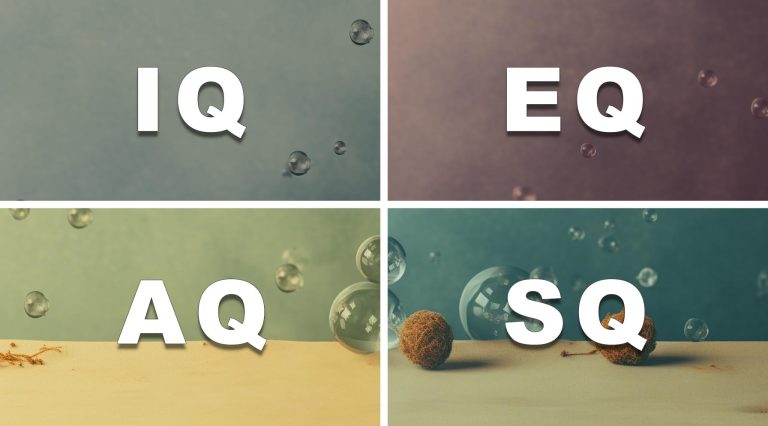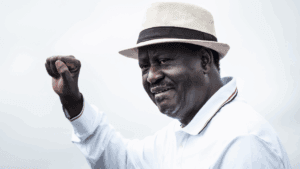
Behind the commanding voice that defined Kenya’s political struggle lay a hidden pain few ever saw. Raila Odinga’s death has reignited memories of his brutal past years of torture, imprisonment, and the silent medical battle that followed him for decades. This feature uncovers how those dark days left scars far deeper than politics ever revealed.
Raila Odinga, Kenya’s iconic opposition leader and former Prime Minister, spent much of his life fighting for democracy, freedom, and justice. Yet, even as he became one of the most powerful figures in Kenya’s political history, the physical and emotional scars of that struggle never left him.
Behind his familiar smile and fiery speeches lay a silent battle one that began in the darkness of prison cells during Daniel arap Moi’s dictatorship and, decades later, culminated in a medical condition that would haunt him to his final days.
A Torturous Beginning
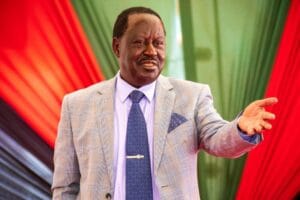
The year was 1982. Kenya had been shaken by a failed coup against President Moi’s government. Raila Odinga, then a young lecturer and engineer, was arrested on accusations of complicity charges that would never be proven in court.
He was detained without trial for nearly six years, shuffled between Kamiti Maximum Prison, Shimo la Tewa, and other notorious facilities known for their cruelty.
Inside those walls, he endured relentless physical and psychological abuse. In his autobiography The Flame of Freedom, Raila recalls the day a Special Branch officer, Josiah Kipkurui Rono, attacked him with a broken table leg, pounding his head and shoulders until he collapsed. The beatings, starvation, solitary confinement, and constant fear left deep wounds both visible and unseen.
The Lingering Wounds

Doctors and neurologists later linked those brutal head injuries to a devastating condition that would follow Raila for life hydrocephalus, a buildup of cerebrospinal fluid within the brain.
In 2010, nearly three decades after his release, Odinga was rushed to Nairobi Hospital for emergency surgery. Neurosurgeon Dr. Oluoch Olunya successfully drained the fluid pressing on his brain, saving his life at the time.
While initial reports attributed the incident to a car accident, experts now believe the head trauma he suffered in the 1980s was a significant contributing factor.
“Blunt force trauma to the head, as described in Mr. Odinga’s accounts, can disrupt the brain’s ability to regulate fluid, leading to conditions like hydrocephalus years later,” explained Dr. Michael Okoth, a Nairobi-based neurologist. “It’s not unusual for such symptoms to emerge long after the initial injury.”

The Hidden Cost of Freedom
Odinga’s health struggles were not just medical; they were symbolic of the physical price paid by those who dared to challenge oppression.
His years in solitary confinement dark, flooded cells with minimal food, no contact with family, and the heartbreak of missing his mother’s funeral compounded the trauma.
To the public, he was a resilient statesman. But privately, he lived with the consequences of a body that had absorbed too much pain in the service of freedom.
A Legacy of Sacrifice
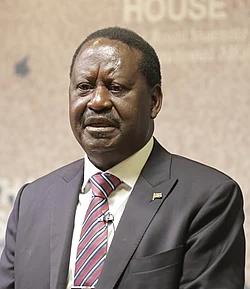
When news broke of his passing, tributes poured in from across the world. Many remembered him as a freedom fighter, a champion of democracy, and a man whose vision outlived his suffering.
His death, reportedly linked to complications arising from his long-term hydrocephalus, serves as a painful reminder that the struggle for justice often leaves lifelong wounds.
Raila Odinga’s story is not only political it is profoundly human. It speaks of endurance, of how one man bore the weight of a nation’s hopes while silently battling the toll of his own pain.
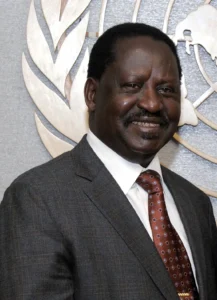
In the end, the same head that carried the dreams of millions also carried the scars of the blows meant to silence him. But silence, as history shows, was something Raila Odinga never allowed to win.



